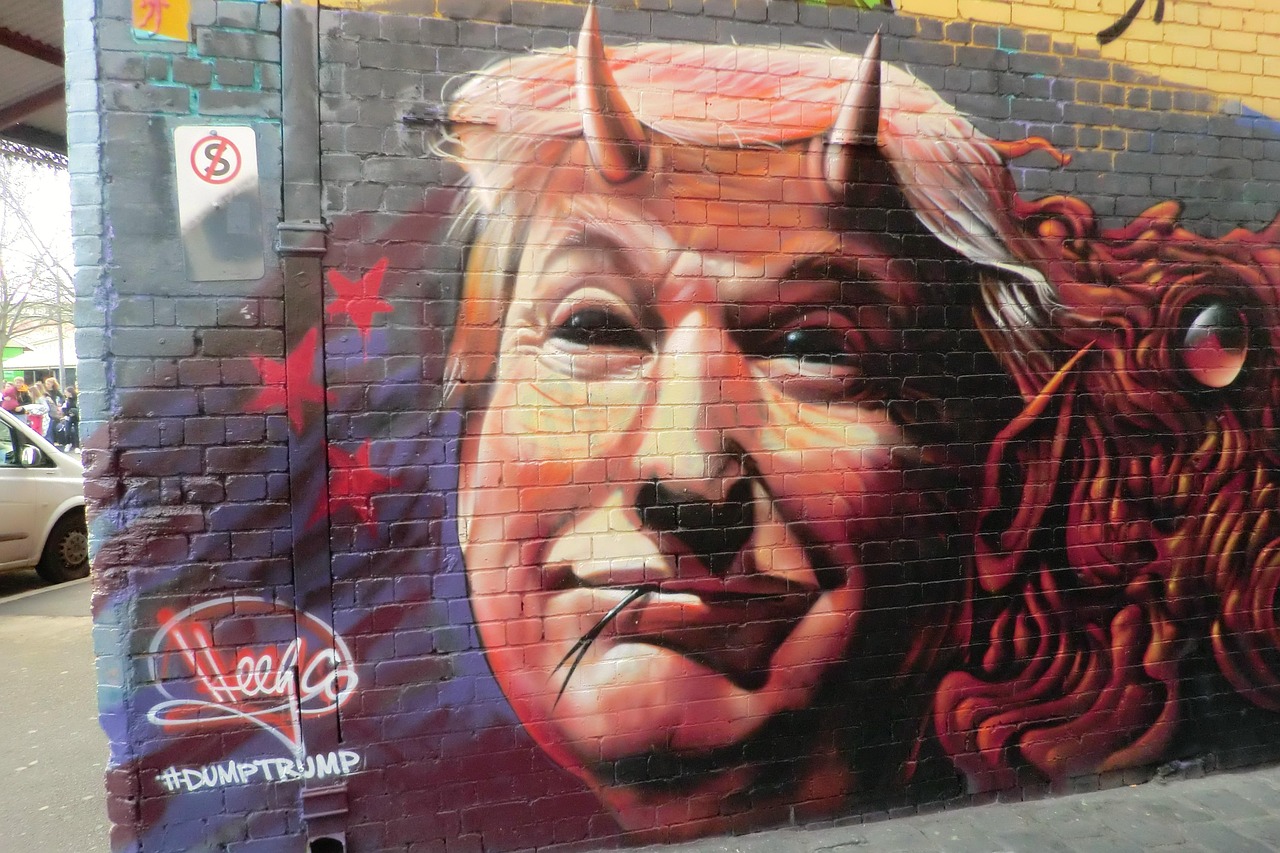
Trump Denies Plans to Fire Powell
President Donald Trump recently stated that he does not intend to fire Federal Reserve Chairman Jerome Powell, contradicting earlier claims made by a senior White House official. During a meeting with Republican lawmakers, Trump reportedly discussed the possibility of dismissing Powell after receiving approval from those present. However, he later clarified his stance, saying, “We’re not planning on doing it. It’s highly unlikely.” The situation highlights the complexities of the relationship between the President and the Federal Reserve, particularly in light of political pressures and expectations surrounding interest rates.
Background on Trump and Powell
Jerome Powell has been the chair of the Federal Reserve since February 2018, having been nominated by Trump himself. The relationship between Trump and Powell has been tumultuous, characterized by ongoing criticism from the President regarding monetary policy decisions. Notably, Powell’s leadership has faced scrutiny, especially as the Fed has maintained a targeted interest rate range of 4.25% to 4.5%.
Trump has expressed frustration over these rates, advocating for cuts of up to 3 percentage points to stimulate economic growth. This tension is further complicated by recent Supreme Court rulings, which indicate that the President does not have the unilateral authority to remove Fed officials.

Market Reaction to the Situation
Despite the potential for significant political maneuvering, market reactions to Trump’s statements have been relatively muted. Following his comments about Powell, stock markets remained stable, with Treasury yields experiencing minor fluctuations, particularly on shorter-duration issues. This suggests that investors may be adopting a wait-and – see approach, assessing how the political landscape could influence monetary policy. According to market analysts, the muted response reflects a broader confidence in the Fed’s independence and a recognition of the legal constraints surrounding the removal of its leaders.
Key Players and Opinions
Several key figures within the Republican Party have weighed in on Trump’s comments regarding Powell. Representative French Hill, chair of the House Financial Services Committee, expressed skepticism about the possibility of Trump actually firing Powell. Similarly, Treasury Secretary Scott Bessent indicated that he did not foresee such a move. In contrast, Representative Anna Paulina Luna hinted at a potential change, claiming on social media that she had credible information about Powell’s imminent dismissal. This divergence of opinions within the party underscores the ongoing debate about the appropriate direction for monetary policy and the Fed’s role in the economy.
Legal Constraints on Dismissing Fed Officials
The legal framework governing the Federal Reserve is crucial to understanding the implications of Trump’s comments. Historically, no U. S. President has successfully removed a Fed Chair, and Powell himself has stated that such an action is “not permitted under the law.” Recent Supreme Court decisions have reinforced this notion, highlighting the Fed’s autonomy from executive influence. This legal backdrop complicates any potential actions Trump might consider, as attempting to fire Powell could lead to significant legal challenges and further political fallout.
Implications for Monetary Policy
The ongoing tension between Trump and Powell raises important questions about future monetary policy. With the Fed’s current target rate between 4.25% and 4.5%, Trump has indicated a desire for more aggressive cuts, potentially up to 3 percentage points. However, Powell and other Fed officials have suggested that any rate reductions would be gradual and contingent on economic conditions. This divergence in approach could lead to a standoff, as Trump pushes for immediate action while the Fed remains cautious in its decision-making process.

Conclusion and Future Outlook
In summary, President Trump’s recent denial of plans to fire Jerome Powell reflects the complex interplay between political ambitions and economic realities. As the President continues to advocate for lower interest rates, he faces legal and institutional hurdles that may limit his options. The relationship between the White House and the Federal Reserve will remain a focal point for economic discussions in the coming months, particularly as the Federal Open Market Committee (FOMC) meeting approaches. Observers will be watching closely to see how this dynamic evolves and what it means for the broader U. S. economy.


